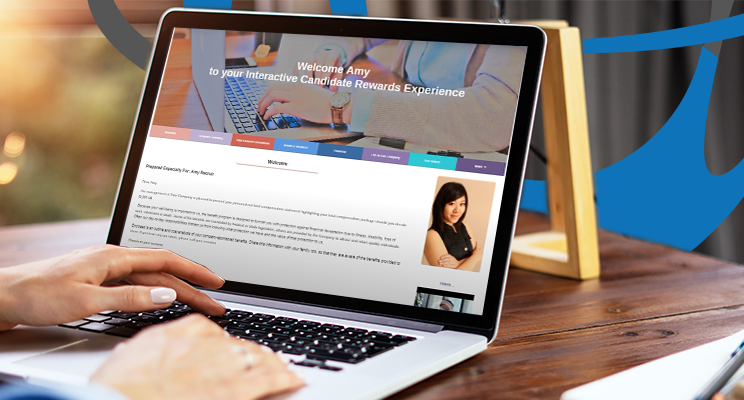It would be a major understatement to say that nearly every aspect of hiring has changed in the past two years. In-person roles are now fully remote or hybrid, benefits packages are expected to contain provisions for professional development and coaching, and even the way new candidates are discovered has become increasingly more about your network than on who a recruiter can headhunt.
But there’s one aspect that hasn’t changed: offer letters.
Even amid so much advancement in other areas of the hiring process, the offer letter remains static, stagnant and wholly uninspiring. In fact, it’s almost become a hindrance to the hiring process for a variety of reasons:
- Outdated company brand or values: By the time the offer letter template is downloaded, filled in with the candidate’s information and sent, the company brand, values, structure, etc. may have undergone updates
- Limited by the print-scan-sign process: Traditional offer letters often require an actual signature, meaning candidates have to print the letter, sign it, scan it and attach it to an email response
- Versioning becomes a nightmare: When negotiations begin and the offer letter is changed, you might have several versions attached to emails circulating all at once
- Higher chance for human error: More manual edits to the letter mean more chances for typos or other mistakes that could be detrimental to the hiring process
Combined, these things factor into what ends up being a terrible candidate experience, often causing prospective new hires to jump ship altogether and move on to the next offer.
With a sophisticated and shrinking talent pool, it’s time to pull out all the stops and deliver an offer letter experience that’s far superior to a static PDF. Even the digitized offer letter with its once-revolutionary e-signature upgrade can’t compare to a live, interactive web platform where candidates can view every facet of the employment offer.
A true digital offer experience would be a dynamic one that had real value – not only for the candidate but for the company that extended the offer in the first place. It would be a hub, tailored to each candidate, with detailed information on everything from the true value of their salary to health and wellness benefits to their projected career trajectory with the company.
On the back end, HR teams would gain real-time insights on the candidate’s browsing history, which tab of the offer did they stay on the longest, with which benefit did they interact with the most, and when did they leave their site so that a follow-up email could be perfectly timed down to the second.
Web-based digital offer experiences, like the kind companies can expect with CandidateRewards Xpress, are a boon to the hiring process because they:
- Ensure consistent and up-to-date company branding: With a web-based hub, you can easily swap out any updated company branding and changes are incorporated globally
- Eliminate versioning and chance for manual errors: No more emailed PDFs that need to be manually amended, edited or “saved as,” eliminating the opportunity for errors
- Cut down negotiations: When candidates can see the full value of their employment offer spelled out in benefits, career milestones and salary, there is less need for back-and-forth negotiating
- Speed up time-to-hire: Real-time analytics enable HR teams to follow up and close the loop faster on prime talent
Have a candidate in mind for a hard-to-fill role? Try CandidateRewards Xpress free right now and see how a digital offer experience can help you seal the deal.



